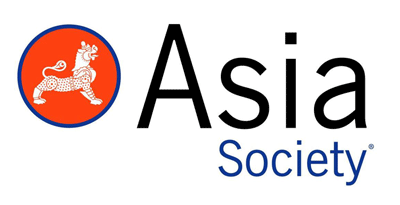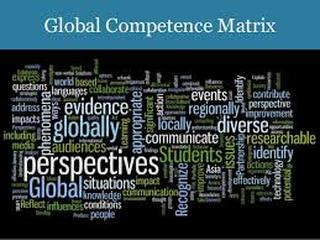|
INTERNATIONAL PROJECT BASED LEARNING OPPORTUNITIES
|
Above: Our lives, our cultures, are composed of many overlapping stories. Novelist Chimamanda Adichie tells the story of how she found her authentic cultural voice — and warns that if we hear only a single story about another person or country, we risk a critical misunderstanding.
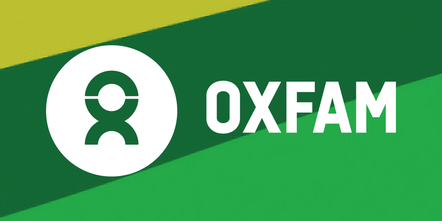
The Teachers for Global Classrooms Program began with an 8-week online collaborative course with educators around the country. The course was an invigorating experience as we studied the importance and necessity of global education, examined the skills globally competent students need, and formed connections between global education and our individual schools and standards. The resources on this page provide educators with introductions to global ed, and concrete materials and ideas to get global ed started in your classroom. View Chimamanda Adichie's "The Danger of a Single Story" to gain perspective on the need for cultural understandings in our community as a movement toward global competence. Oxfam's "School Guide for Global Citizenship" below offers a thorough global education rationale and implementation strategies.
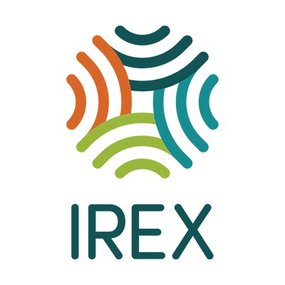
IREX, a "global development and education organization," compiled Tools and Resources for Global Classrooms, an extraordinary database divided into categories such as Web Tools to Facilitate International Communication, Initiatives & Organizations that Support Collaboration Between Global Classrooms, Lesson Plans & Student Resources with an International Focus, and Further Information about International Topics.
|
The Center for Global Education at Asia Society brings together leaders and institutions from around the world to tackle one of the most critical education challenges today: how to educate all students for employability and citizenship in a global era.
The Global Education Checklist is an incredibly comprehensive tool that is divided into four sections: one to assess student knowledge; one to assess principals, teachers, and community leaders; one to assess local school systems; and one to assess state education agencies. Teachers can use this tool, for instance, to evaluate students' knowledge about, skills in, and participation with global issues, cultures, and connections.
The Global Competence Grade-Level Indicators document is separated into grade-level sections and provides a framework with which to integrate global education into all content areas. The indicators for grades 9-12, for instance, infuse learning spirals (understanding, investigating, connecting, and integrating) with conceptual units of study (society, geography, environment, education, economy, and politics). Additionally, the framework includes an assessment tool with which teachers can evaluate their own expertise and leadership regarding pedagogy, content, and technology.
|
The Global Competence Matrix is a concise, one-page document that individuals can use to assess their knowledge of and skills regarding the core concepts of global competency, their values and attitudes, their skills, and their behaviors. This can certainly be applied to global educators, but it is also useful for any global citizen. Global competence is the disposition and capacity to understand and act on issues of global significance. Globally competent individuals possess and apply the following qualities, characteristics, and abilities to learning about and engaging with the world. Educators who aspire to help students become globally competent must both develop these attributes in themselves and find ways to foster them in students.
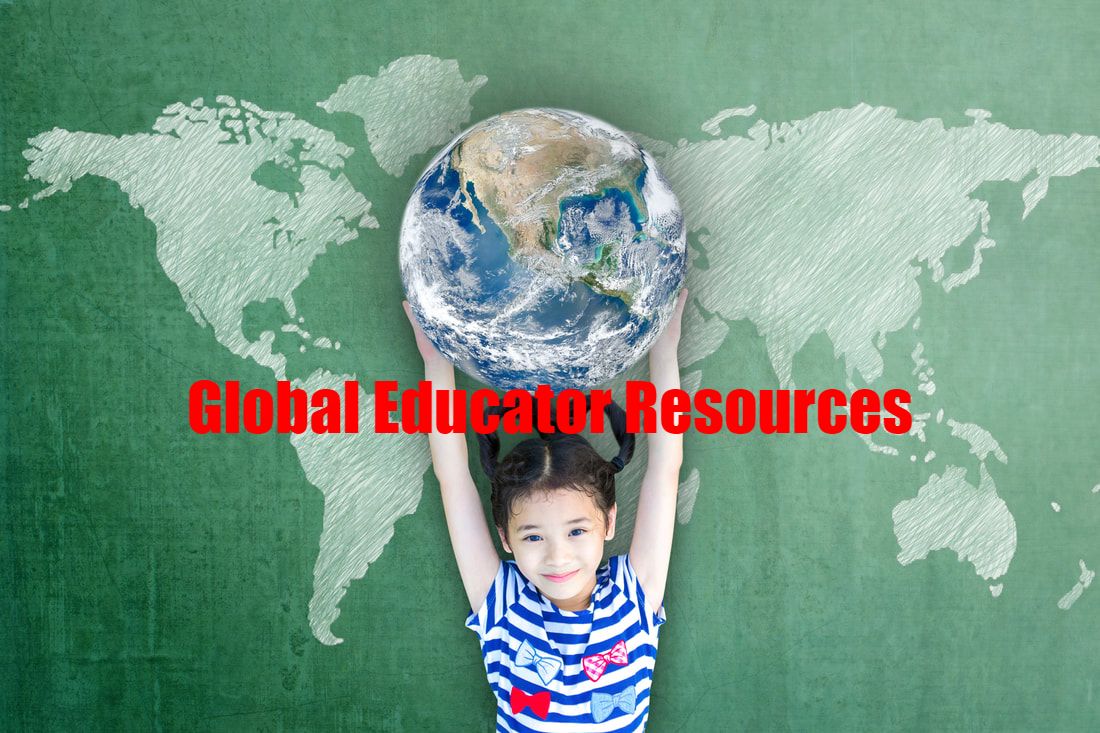
|

The Globally Competent Learning Continuum is an exemplary tool with which educators can evaluate their own global competencies, specifically in regard to dispositions, knowledge, and skills. There are 12 criteria on which teachers should identify their level (nascent, beginning, progressing, proficient, or advanced). ASCD recommends educators then identify their areas of growth and strength, take action, reevaluate, and continue efforts. Additionally, hyperlinks within the document allow for teachers to easily access resources to assist in their growth as global educators.
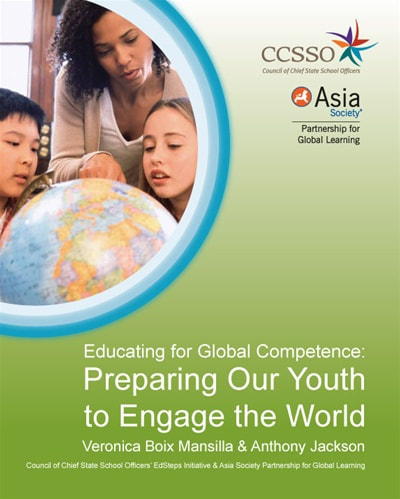
Educating for Global Competence: Preparing Our Youth to Engage the World by Veronica Boix Mansilla and Anthony Jackson, can be accessed and read in its entirety via the website. This text identifies three rationale for global education: a flattened global economy, unprecedented global migration, and climate instability. It then discusses the four main global competences (investigating the world, recognizing perspectives, communicating effectively, and taking action) in depth, offering rationale for each as well as how actual educators have incorporated them into their classrooms.


